Whether you’re an amateur DIYer or even a seasoned professional, it’s crucial to protect yourself from potential accidents related to handling sharp tools, heavy materials or chemicals. And if using good tools is a key element in preventing risks to your safety during your DIY projects and repair workshops, having what you need to equip yourself to prevent injuries and work with complete peace of mind is also very important. Solid work pants, protective glasses and gloves, reinforced shoes, etc. Discover this safety equipment (also known as Personal Protective Equipment or PPE) which is essential for any self-respecting DIYer.
1) Work pants
Why are work pants necessary for DIY safety?
Often equipped with numerous practical pockets to carry all your gear, this type of pants above all offers a protection against injuries, cuts and scratchesall without compromising freedom of movement and comfort.
How do work pants provide protection during DIY projects?
As explained by the German brand Engelbert Strauss, specializing in work clothing and safety equipment intended for professional and non-professional DIYers, it is possible to find different types of durable work pants with different weights, materials and equipment depending on of the field of activity that interests you.
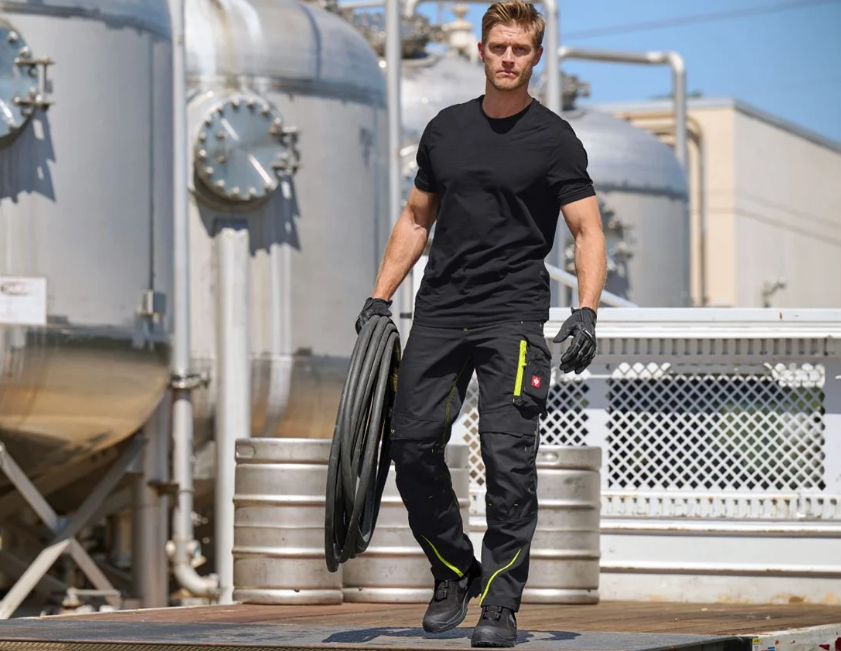
Thanks to their robust materials such as thick cotton, denim, polyamide, Cordura and polyester-cotton blends, these garments offer good protection against the risks encountered during DIY tasks (stains, injuries, etc.) as well as optimal resistance to abrasion and tear resistance for durability.
What features make work pants more durable?
Optionally choose a model with reinforced areas on the knees and high-wear areas (most often Cordura or leather) to prevent premature wear of your work pants. The latter will therefore be less likely to be damaged during gardening work or when handling tools.
In addition to the choice of fabric and reinforcements, the use of Triple stitched seams and metal rivets at stress points also improve durability while a possible water-repellent or stain-resistant treatment can extend the life of the fabric by protecting it against liquid splashes and grease stains. It’s up to you to consider the useful options to choose the work pants best suited to your needs and the risks involved (kitchen, painting, mechanics, etc.).
Good to know: for certain jobs, particularly dirty ones, it may be useful to swap your work pants for overalls which will thus offer more complete protection or even to opt for a work jacket, a blouse, an apron or overalls .
2) Safety shoes
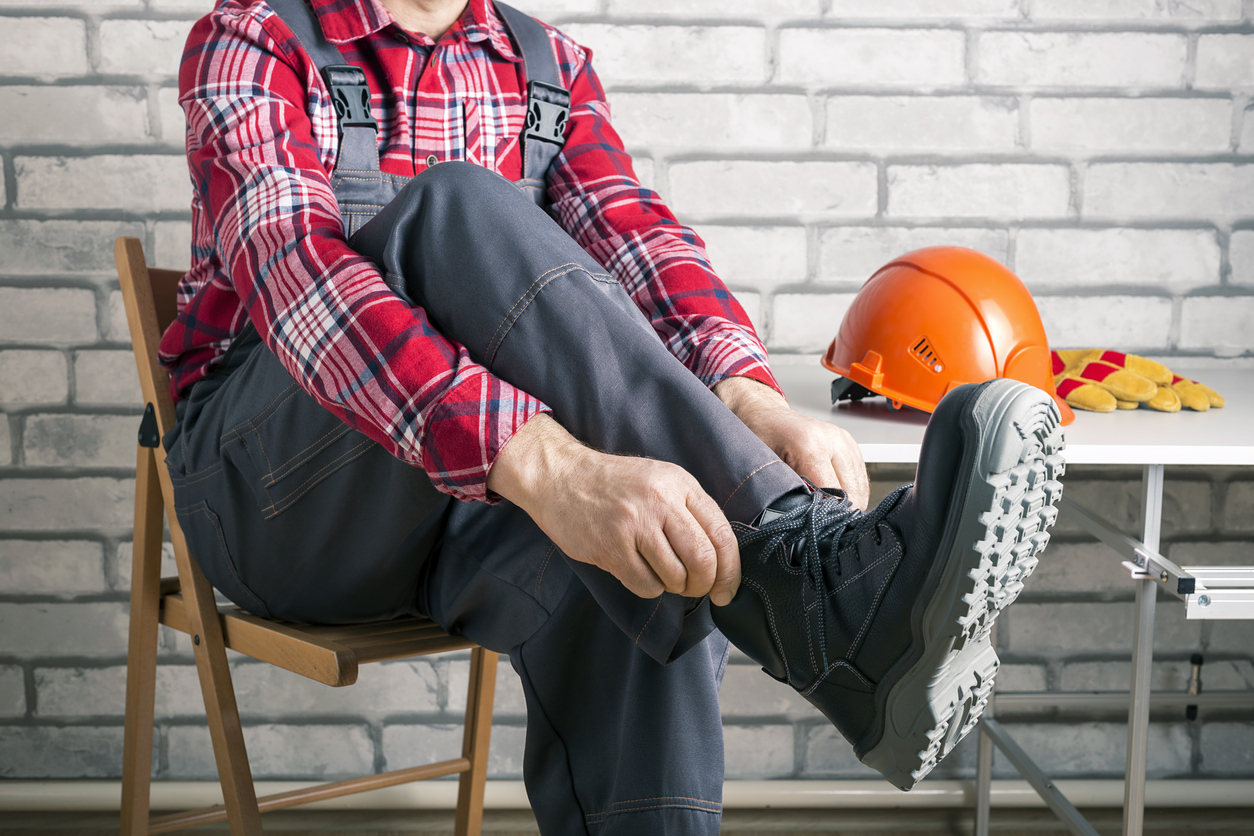
Slipping, laceration, crushing… Even in the case of small everyday jobs, wearing safety shoes is additional protection, because an accident can quickly happen. Low or high safety shoes (to support your ankle when climbing a ladder), clogs or even overshoes… they can make all the difference for optimal comfort and safety. You must ensure that the pair gives you excellent comfort, optimal breathability and good mobility, particularly depending on the climatic conditions in which you are working and whether or not you need to walk a lot.
Antistatic, insulating, water-repellent, resistant to heat or hydrocarbons, non-slip, anti-perforation… For work, also think about check the standards in force in your company to choose a model adapted to your field of activity. For small daily DIY projects, protective shoes meeting the EN 347 or EN 346 standard will nevertheless be more than sufficient.
3) Glasses and a mask
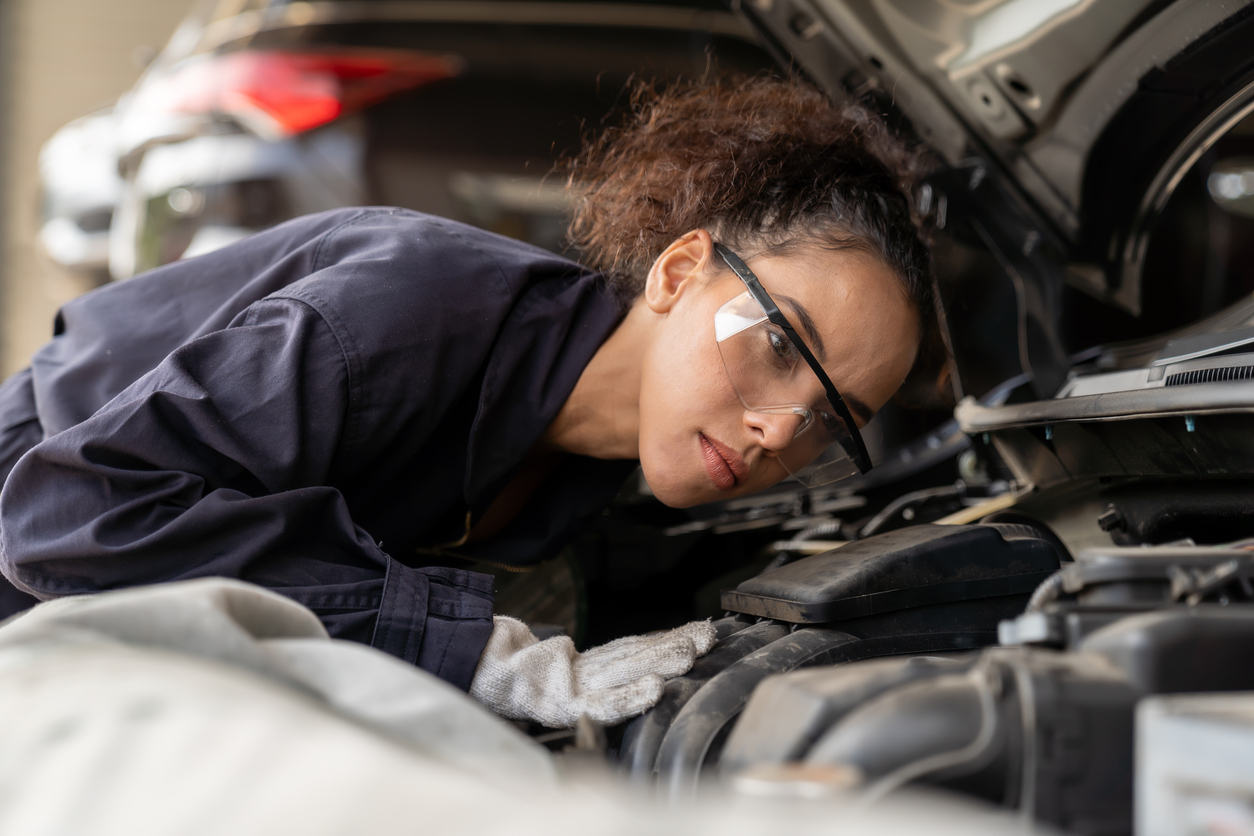
The eyes are fragile. It is therefore also necessary protect them from mechanical risks (projections of chips, dust, iron filings, etc.)than chemical risks (liquid treatments, gases, harmful vapors, etc.). The minimum here would be the use of glasses with specific temples, more solid and thicker than classic glasses over which they can also be worn, to protect the eyes. However, goggles can offer total protection of the eye area in the case of work with more projections. To protect your respiratory tract from inhaling polluted air (dust, gas, chemical solvents, etc.), always provide a respiratory protection mask adapted to your useall used in a well-ventilated environment.
Important: note that there are also visors that can protect your face, and therefore your eyes, but which may not be enough to protect your lungs.
4) Protective gloves
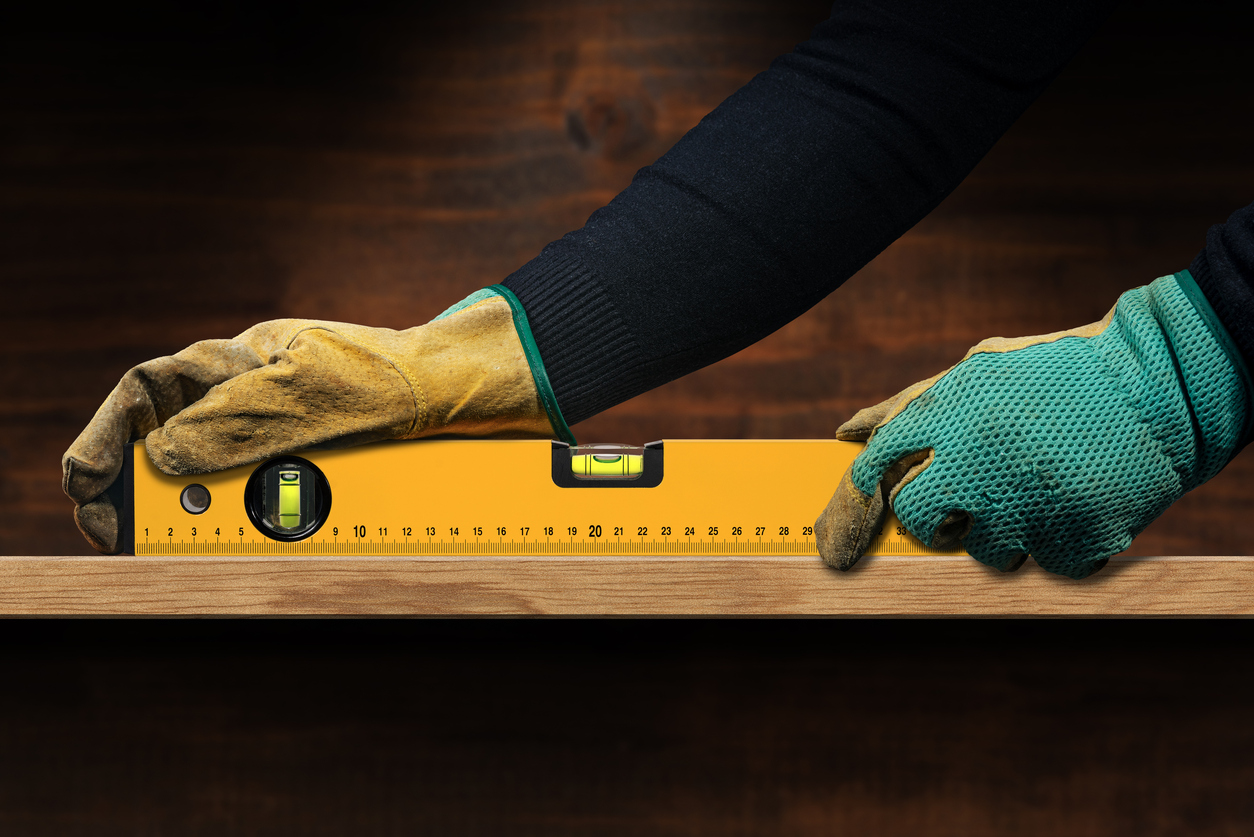
Since we tinker with our hands, they are the first exposed to the risks of DIY accidentswhether small cuts or major trauma. For safe handling, it is therefore essential toopt for a pair of protective gloves (with wrist or even cuff if necessary and with coating if you need additional protection). However, it is above all the materials which give this equipment a more or less high level of comfort, flexibility, dexterity, waterproofness or resistance (cotton, leather, elastane, polyamide, HDPE, neoprene, latex, etc.). ).
If you are lost, rely on the pictograms on the packaging and possibly your employer’s standards to choose the protection adapted to the type of work you are going to carry out (resistance to abrasion, cutting, perforation, flammability, cold, etc.) and above all, choose a model in your size. This is an essential point.
5) Protection from noise
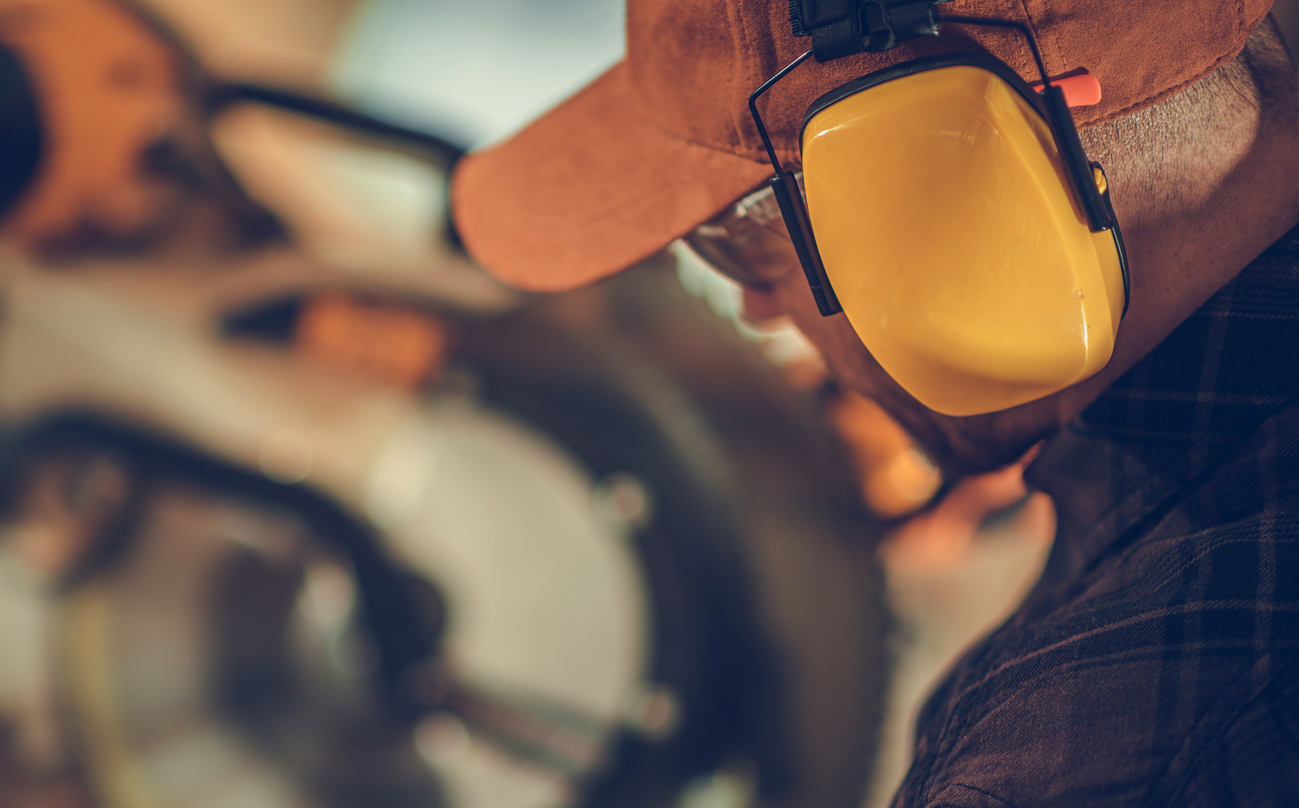
Sander, drill, saw, hammer… In a DIY workshopthe activities follow one another and do not resemble one detail: with all these large tools, the decibels are there. Also, for prevent irreversible hearing losspainful lesions on the eardrums or even more simply to tinker peacefully, noise-canceling headphones or even just earplugs can quickly become essential, especially since your hearing is at risk from just 80 dB. So don’t neglect hearing protection. You can even opt for noise-canceling headphones with Bluetooth to work with music if your work environment allows it.
The little extras…
To lay flooring comfortably and carry out kneeling work, protective knee pads can be a real advantage. Also think about the lumbar belt to protect your back when carrying heavy loads and/or safety helmet depending on the type of work site in order to complete your range of PPE.


